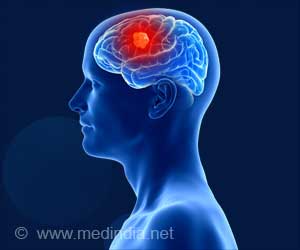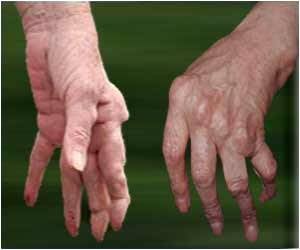Endometriosis is a condition of unknown etiology in which endometrial tissue occurs in ovaries, fallopian tubes, and gastrointestinal tract.
Endometriosis is a condition of unknown etiology in which endometrial tissue occurs at extra-uterine sites, including ovaries, fallopian tubes, and gastrointestinal tract. It usually occurs between 30 and 40 years of age. Four to 17% of menstruating women develop endometriosis.
When the disease involves the small bowel, it usually has a benign course, but in rare circumstances, it may present as abdominal emergency. Invasive bowel endometriosis can present as bowel obstruction. The major cause of obstruction is stricture formation and adhesions, which occasionally mimic Crohn's disease or a malignancy in its clinical presentation.Gastrointestinal endometriosis is suggested by dysmenorrhea, menorrhagia or perimenstrual symptoms. Frank intestinal symptoms are usually associated with intestinal obstruction. While intestinal symptoms may occur during or be exacerbated by the menses, this association may not always be present. The symptoms coincide with menstruation in only 18-40% of the cases. A recurring crampy lower or mid-abdominal pain is the most common presenting symptom for both intestinal endometriosis and Crohn's disease. Other symptoms which may occur in both entities include diarrhea, constipation, nausea, vomiting, fever, anorexia, and weight loss.
A case report published on January 7, 2008 in the World Journal of Gastroenterology describes a desperate patient who presented to Dr. Zafer Teke of Pamukkale University Hospital, Turkey, in 2006. This patient was quite a challenge for Dr. Teke. She was 31 years old with perimenstrual lower and mid-abdominal pain irradiating to the back, and lower abdominal fullness for 3 years, at first monthly, but later continuous, and gradually increasing in severity. She gave a history of moderate dysmenorrhea and menorrhagia, but no dyspareunia. Her only medication was an oral contraceptive. She had delivered a healthy baby.
Her gynecologist at a women's health clinic had diagnosed her with small bowel endometriosis, based on interviews and her clinical course. As only oral contraceptive therapy was started, the symptoms due to partial mechanical bowel obstruction had gradually improved. The lack of response to oral contraceptive therapy had encouraged her gynecologist to perform an exploratory laparotomy. The gynecologist was only able to perform a biopsy from the highly inflamed areas. Biopsy results were non-specific inflammation. The patient was then referred to Dr. Teke's institution to identify the underlying pathology.
In an effort to improve the condition of the patient, Dr. Teke initially decided to treat the patient with conservative measures, and the patient responded to this treatment. However, after ingesting a small amount of food she again complained of abdominal pain, and plain abdominal radiography once more showed mechanical bowel obstruction. After improvement with conservative management and obtaining adequate informed consent, the patient was operated on by Dr. Teke. The operative appearance was thought to indicate Crohn's disease, but in view of the close relationship of the ovaries, tubes and uterus, an immediate gynecological opinion was obtained. The on-call gynecology registrar did not consider the appearance to be due to primary gynecological pathology. An approximately 40 cm segment of distal small bowel had four strictures and three internal fistulas. Histopathological examination of the resected specimen was consistent with Crohn's disease. The surgical treatment led to rapid resolution of the symptoms.
The differential diagnosis of Crohn's disease with intestinal endometriosis may be difficult pre-operatively. Dr. Teke noted that even lower gastrointestinal flexible endoscopy may show no findings suggestive of Crohn's disease, as in his patient. Indeed, there may be a similarity between the two entities in terms of clinical presentation, symptomatology, radiological appearances, surgical and pathological findings. Due to a relatively high percentage of endometriosis among the female population of child-bearing age globally, and the unavailability of a precise test differentiating Crohn's disease from bowel endometriosis, this case reported by Dr. Teke is surely worth the attention of both doctors and women at large.
Advertisement
SPH/C










